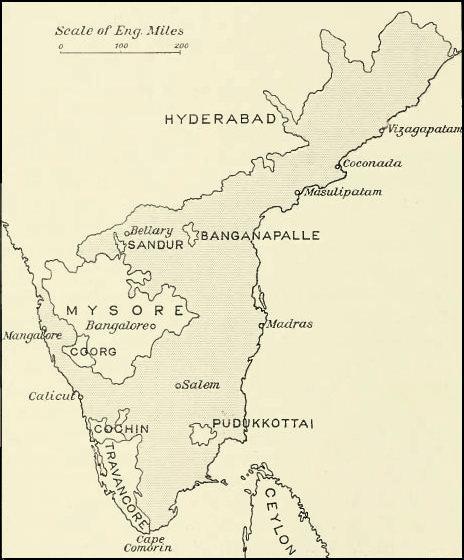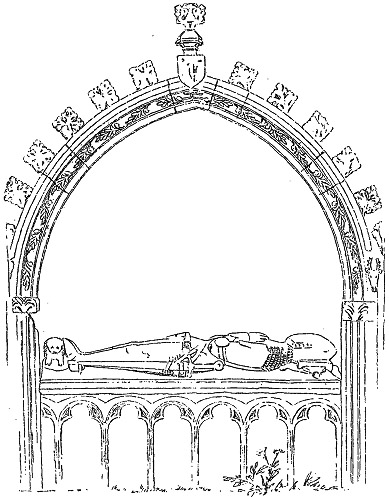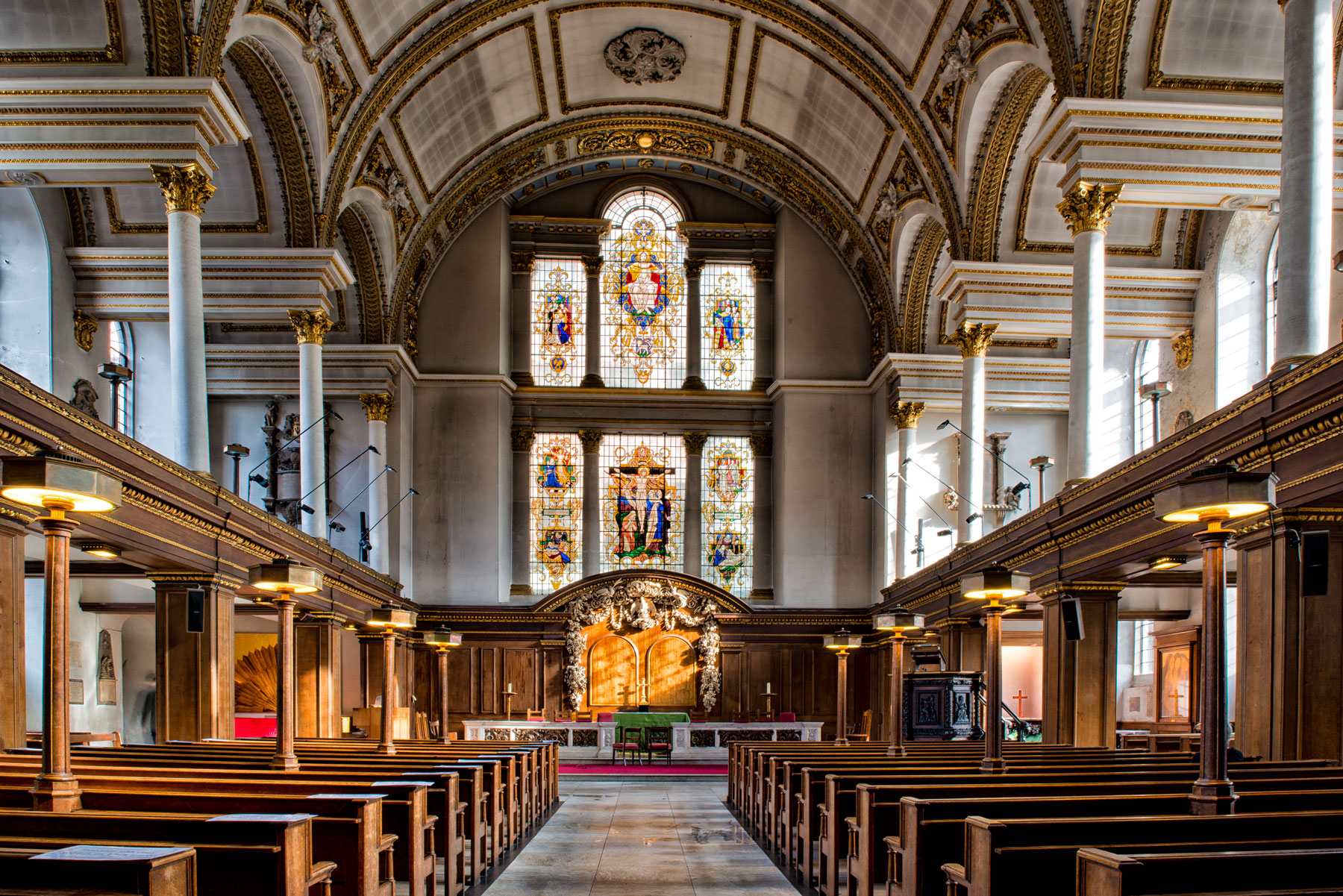|
Colin Mackenzie (Indian Army Officer)
Lieutenant general Colin Mackenzie, CB (25 March 1806 – 22 October 1881) was a British officer in the Madras Army who was active as a political officer in Afghanistan. Early life He was born in London on 25 March 1806, and baptised at St James's Church, Piccadilly, the youngest son but one of Kenneth Francis Mackenzie (died 1831) and his wife, Anne Townsend. His father, who belonged to the Redcastle branch of Mackenzies, was attorney-general of Grenada, and lost much during the war with France, 1793–1815. Colin Mackenzie was educated successively at a school in Cumberland, at Dollar Academy, and at Oswestry, and in 1825 was appointed a cadet of infantry on the Madras establishment of the East India Company. Mackenzie served as adjutant of the 48th Madras native infantry in the Coorg campaign in 1834, during some of which he held the appointment of deputy-assistant quartermaster-general. At the close of the campaign his services were favourably noticed by the brigadier-gen ... [...More Info...] [...Related Items...] OR: [Wikipedia] [Google] [Baidu] |
James Sant
James Sant (1820–1916) was a British painter specialising in portraits and known particularly for images of women and children and artistic exploration of the symbolism of childhood. He was a member of the Royal Academy. George Sant and Sarah Sant were also artists and are believed to have been his brother and sister. Biography Sant was born in Croydon, Surrey, England, on 23 April 1820. He was taught first by the watercolourist John Varley, then by Augustus Wall Callcott, then from the age of twenty was taught by the Royal Academy Schools. He lived to the age of 96 and exhibited at the Grosvenor Gallery The Grosvenor Gallery was an art gallery in London founded in 1877 by Sir Coutts Lindsay and his wife Blanche. Its first directors were J. Comyns Carr and Charles Hallé. The gallery proved crucial to the Aesthetic Movement because it provided ... as well as producing nearly three hundred canvases for exhibition at the Academy. The first of these, a portrait of his fa ... [...More Info...] [...Related Items...] OR: [Wikipedia] [Google] [Baidu] |
Companion Of The Most Honourable Order Of The Bath
The Most Honourable Order of the Bath is a British order of chivalry founded by George I on 18 May 1725. The name derives from the elaborate medieval ceremony for appointing a knight, which involved bathing (as a symbol of purification) as one of its elements. The knights so created were known as "Knights of the Bath". George I "erected the Knights of the Bath into a regular Military Order". He did not (as is commonly believed) revive the Order of the Bath, since it had never previously existed as an Order, in the sense of a body of knights who were governed by a set of statutes and whose numbers were replenished when vacancies occurred. The Order consists of the Sovereign (currently King Charles III), the Great Master (currently vacant) and three Classes of members: *Knight Grand Cross ( GCB) ''or'' Dame Grand Cross ( GCB) *Knight Commander ( KCB) ''or'' Dame Commander ( DCB) *Companion ( CB) Members belong to either the Civil or the Military Division.''Statutes'' 1925, arti ... [...More Info...] [...Related Items...] OR: [Wikipedia] [Google] [Baidu] |
Straits Of Malacca
The Strait of Malacca is a narrow stretch of water, 500 mi (800 km) long and from 40 to 155 mi (65–250 km) wide, between the Malay Peninsula (Peninsular Malaysia) to the northeast and the Indonesian island of Sumatra to the southwest, connecting the Andaman Sea (Indian Ocean) and the South China Sea (Pacific Ocean). As the main shipping channel between the Indian and Pacific oceans, it is one of the most important shipping lanes in the world. It is named after the Malacca Sultanate that ruled over the strait between 1400 and 1511, the center of administration of which was located in the modern-day state of Malacca, Malaysia. Extent The International Hydrographic Organization define the limits of the Strait of Malacca as follows: History Early traders from Arabia, Africa, Persia, and Southern India reached Kedah before arriving at Guangzhou. Kedah served as a western port on the Malay Peninsula. They traded glassware, camphor, cotton goods, brocades, ivory, sandalwood, ... [...More Info...] [...Related Items...] OR: [Wikipedia] [Google] [Baidu] |
Henry Ducie Chads
Admiral Sir Henry Ducie Chads, (24 February 1788 – 7 April 1868) was an officer in the Royal Navy who saw action from the Napoleonic Wars to the Crimean War. Family background Chads was born in Marylebone, London, the eldest son of Captain Henry Chads, R.N. (died on 20 October 1799) and his wife, Susannah. He was baptised at three weeks old at St Marylebone Parish Church. He was the brother of Lieutenant-colonel John Cowell Chads, who died, President of the British Virgin Islands at Tortola on 28 February 1854, aged 60. Career Chads entered the Royal Naval Academy in Portsmouth as a 12-year-old on 25 October 1800, and in 1803 embarked aboard the 74-gun ship of the line HMS ''Excellent'', sharing in the defence of Gaeta and the capture of Capri. In July 1808, he joined the 36-gun frigate and during the Mauritius campaign distinguished himself at the occupation of the Île de la Passe, gateway to the Isle de France (now Mauritius). On the defeat of the British squadro ... [...More Info...] [...Related Items...] OR: [Wikipedia] [Google] [Baidu] |
Coorg Campaign
The Coorg War was fought between the British East India Company and the State of Coorg in 1834. Defiance of the Raja of Coorg (Chikka Virarajendra), a small state in South India, led to a short but bloody campaign in 1834. In February 1834, a force of 7,000 was assembled under the command of Brigadier General Lindsay to commence operations against the Raja, who had begun hostilities against the British. Due to the poor state of roads, the force was divided into four columns, which were to enter Coorg from different directions and converge on the capital of Mercara. On 11 March, the Northern Division under the command of Colonel Gilbert Waugh entered the territory of Coorg and on 3 April, the leading troops made contact with the enemy. At noon, the advanced guard arrived in front of the fortified position of Soamwar Pettah (now called Somwarpet). The force launched an attack on the position but was forced to retreat after a severe mauling. The leader of the Coorg resistance at ... [...More Info...] [...Related Items...] OR: [Wikipedia] [Google] [Baidu] |
Madras
Chennai (, ), formerly known as Madras ( the official name until 1996), is the capital city of Tamil Nadu, the southernmost Indian state. The largest city of the state in area and population, Chennai is located on the Coromandel Coast of the Bay of Bengal. According to the 2011 Indian census, Chennai is the sixth-most populous city in the country and forms the fourth-most populous urban agglomeration. The Greater Chennai Corporation is the civic body responsible for the city; it is the oldest city corporation of India, established in 1688—the second oldest in the world after London. The city of Chennai is coterminous with Chennai district, which together with the adjoining suburbs constitutes the Chennai Metropolitan Area, the List of urban areas by population, 36th-largest urban area in the world by population and one of the largest metropolitan economies of India. The traditional and de facto gateway of South India, Chennai is among the most-visited Indian cities by f ... [...More Info...] [...Related Items...] OR: [Wikipedia] [Google] [Baidu] |
Oswestry
Oswestry ( ; ) is a market town, civil parish and historic railway town in Shropshire, England, close to the Welsh border. It is at the junction of the A5, A483 and A495 roads. The town was the administrative headquarters of the Borough of Oswestry until that was abolished in 2009. Oswestry is the third-largest town in Shropshire, following Telford and Shrewsbury. At the 2011 Census, the population was 17,105. The town is five miles (8 km) from the Welsh border and has a mixed English and Welsh heritage. Oswestry is the largest settlement within the Oswestry Uplands, a designated natural area and national character area. Toponym The name ''Oswestry'' is first attested in 1191, as ''Oswaldestroe''. This Middle English name transparently derives from the Old English personal name Ōswald and the word ''trēow'' ('tree'). Thus the name seems once to have meant 'tree of a man called Ōswald'.A. D. Mills, ''A Dictionary of English Place Names'' (Oxford: Oxford Universit ... [...More Info...] [...Related Items...] OR: [Wikipedia] [Google] [Baidu] |
Dollar Academy
Dollar Academy, founded in 1818 by John McNabb, is an independent co-educational day and boarding school in Scotland. The open campus occupies a site in the centre of Dollar, Clackmannanshire, at the foot of the Ochil Hills. Overview As of 2020, there are over 1200 pupils at Dollar Academy, making it the sixth largest independent school in Scotland. Day pupils are usually from the village of Dollar or the surrounding counties of Clackmannanshire, Stirlingshire, Perth and Kinross, and Fife. The remaining pupils are boarders. Almost 50% of the boarding pupils are from overseas, with the rest being British nationals. The overall share of international students is about 20% of all students. History Dollar was founded in 1818 following a bequest by Captain John McNab or McNabb. He captained, owned and leased out many ships over the decades and it is known that at least four voyages transported black slaves to the West Indies in 1789–91, less than twenty years before the Slave ... [...More Info...] [...Related Items...] OR: [Wikipedia] [Google] [Baidu] |
Cumberland
Cumberland ( ) is a historic county in the far North West England. It covers part of the Lake District as well as the north Pennines and Solway Firth coast. Cumberland had an administrative function from the 12th century until 1974. From 1974 until 2023, Cumberland lay within Cumbria, a larger administrative area which also covered Westmorland and parts of Yorkshire and Lancashire. In April 2023, Cumberland will be revived as an administrative entity when Cumbria County Council is abolished and replaced by two unitary authorities; one of these is to be named Cumberland and will include most of the historic county, with the exception of Penrith and the surrounding area. Cumberland is bordered by the historic counties of Northumberland to the north-east, County Durham to the east, Westmorland to the south-east, Lancashire to the south, and the Scottish counties of Dumfriesshire and Roxburghshire to the north. Early history In the Early Middle Ages, Cumbria was part of t ... [...More Info...] [...Related Items...] OR: [Wikipedia] [Google] [Baidu] |
Clan Mackenzie
Clan Mackenzie ( gd, Clann Choinnich ) is a Scottish clan, traditionally associated with Kintail and lands in Ross-shire in the Scottish Highlands. Traditional genealogies trace the ancestors of the Mackenzie chiefs to the 12th century. However, the earliest Mackenzie chief recorded by contemporary evidence is Alexander Mackenzie of Kintail who died some time after 1471. Traditionally, during the Wars of Scottish Independence, the Mackenzies supported Robert the Bruce, but feuded with the Earls of Ross in the latter part of the 14th century. During the 15th and 16th-centuries the Mackenzies feuded with the neighboring clans of Munro and MacDonald. In the 17th century the Mackenzie chief was made Earl of Seaforth in the peerage of Scotland. During the Scottish Civil War of the 17th century the Mackenzies largely supported the Royalists. During the Jacobite rising of 1715 the chief and clan of Mackenzie supported the Jacobite cause. However, during the Jacobite rising of 1745 the ... [...More Info...] [...Related Items...] OR: [Wikipedia] [Google] [Baidu] |
Kenneth Francis Mackenzie
Kenneth is an English given name and surname. The name is an Anglicised form of two entirely different Gaelic personal names: ''Cainnech'' and '' Cináed''. The modern Gaelic form of ''Cainnech'' is ''Coinneach''; the name was derived from a byname meaning "handsome", "comely". A short form of ''Kenneth'' is '' Ken''. Etymology The second part of the name ''Cinaed'' is derived either from the Celtic ''*aidhu'', meaning "fire", or else Brittonic ''jʉ:ð'' meaning "lord". People :''(see also Ken (name) and Kenny)'' Places In the United States: * Kenneth, Indiana * Kenneth, Minnesota * Kenneth City, Florida In Scotland: * Inch Kenneth, an island off the west coast of the Isle of Mull Other * "What's the Frequency, Kenneth?", a song by R.E.M. * Hurricane Kenneth * Cyclone Kenneth Intense Tropical Cyclone Kenneth was the strongest tropical cyclone to make landfall in Mozambique since modern records began. The cyclone also caused significant damage in the Comoro Islands and ... [...More Info...] [...Related Items...] OR: [Wikipedia] [Google] [Baidu] |
St James's Church, Piccadilly
St James's Church, Piccadilly, also known as St James's Church, Westminster, and St James-in-the-Fields, is an Anglican church on Piccadilly in the centre of London, United Kingdom. The church was designed and built by Sir Christopher Wren. The church is built of red brick with Portland stone dressings. Its interior has galleries on three sides supported by square pillars and the nave has a barrel vault supported by Corinthian columns. The carved marble font and limewood reredos are both notable examples of the work of Grinling Gibbons. In 1902, an outside pulpit was erected on the north wall of the church. It was designed by Temple Moore and carved by Laurence Arthur Turner. It was damaged in 1940, but restored at the same time as the rest of the fabric. History In 1662, Henry Jermyn, 1st Earl of St Albans, was granted land for residential development on what was then the outskirts of London. He set aside land for the building of a parish church and churchyard on the ... [...More Info...] [...Related Items...] OR: [Wikipedia] [Google] [Baidu] |







